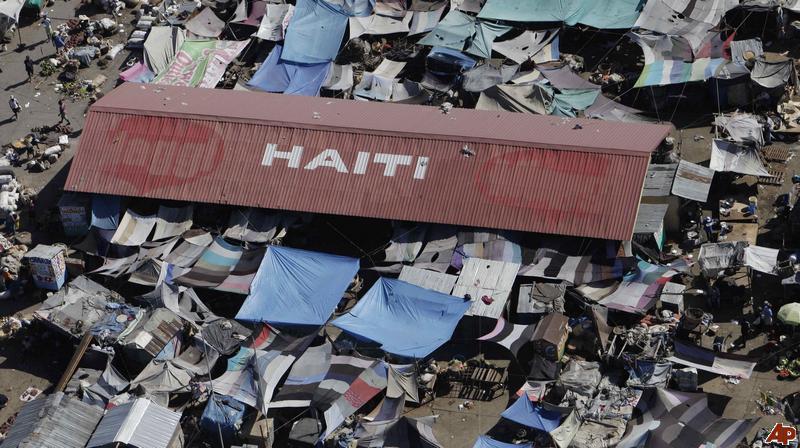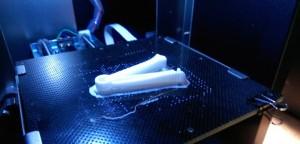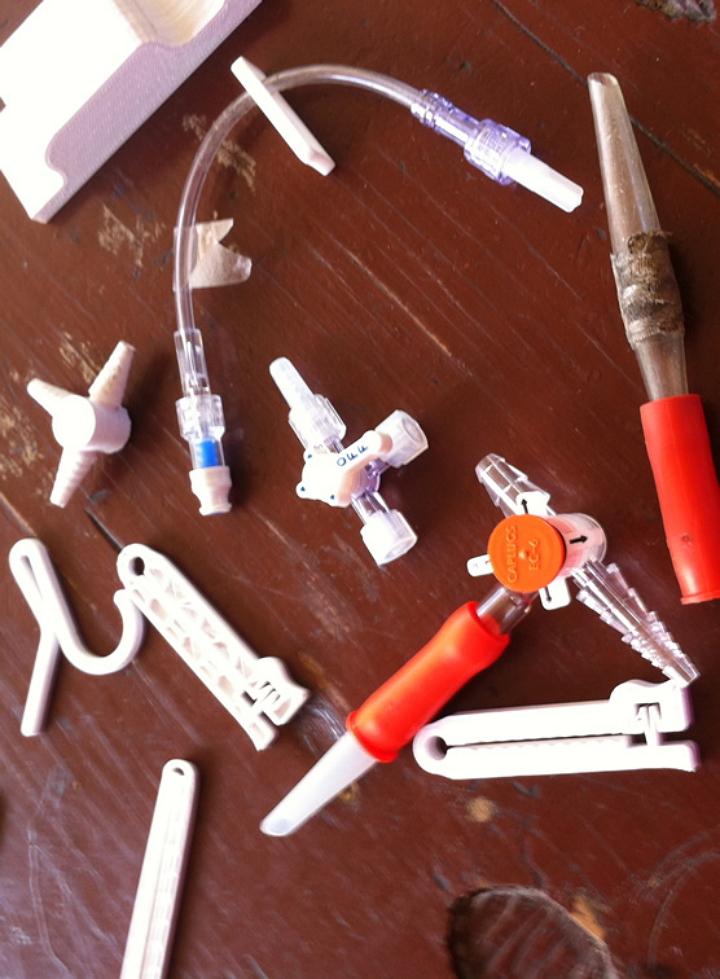 Throughout history, technological breakthroughs have been accompanied by narrow parameters for application, concerned with solving the problems at hand. This is not to say that function follows form, but that true innovation requires time to reach its full potential.
Throughout history, technological breakthroughs have been accompanied by narrow parameters for application, concerned with solving the problems at hand. This is not to say that function follows form, but that true innovation requires time to reach its full potential.
As more people gain access to technology, the scope widens to accommodate more worldly uses and many more conceivable outcomes are explored. Such was the case with the advent of 3D printers.
When the catastrophic Haitian earthquake of 2010 resulted in the death of more than 100,000 people and the destruction of more than 60 percent of existing health care facilities, 3D printers served on the front lines, creating medical devices for humanitarian intervention.
An Increasing Need for Medical Innovation
Whereas health systems testing in the US looks for established infrastructure and clinical applications, the reality of the situation in Haiti prompted the need for more versatility in the field and on the ground.
In the aftermath of such devastating events, transportation networks in and out of disaster sites typically suffer from heavy congestion by competing nongovernmental organizations that deploy unwieldy, and sometimes unnecessary, equipment.
These traditional models of foreign aid require significant investments of time, money and materials. They can be more of a hindrance given the crucial 48-hour period after injuries are sustained, where proper medical supplies are needed to halt the spread of infection and stop preventable deaths from occurring.
While these efforts are certainly appreciated, a more general-purpose material like the filament used by 3D printers could reduce the strain on resources and help alleviate some of the aforementioned issues.
Disaster Relief in Three Dimensions
A recent paper by A. Dara Dotz, entitled “A Pilot of 3D Printing of Medical Devices in Haiti,” explored the deployment of this technology in the field and made a strong case for its adoption.
Opening a dialogue between designers and local clinicians enabled the rapid and cost-effective on-demand production of much-need medical instruments. This reduced dependency on time-sensitive services such as transportation and storage, allowing for efficiency.
The capabilities in this scenario went beyond crafting essential items and were extended to incorporate the manufacture of broken or missing parts so that existing, nonfunctional equipment could once again be used in treatment.
Dotz is also the founder of iLab Haiti and is a pioneer in 3D printing relief activity.
Highlights of the Pilot Program
When 3DforHealth established a 3D printing lab in Haiti shortly after the tremors had subsided, it was able to identify 16 printable objects to meet the real-time demands of medical professionals and set about training individuals to operate the MakerBot Replicator 1 printers.
In response to interviews with medical personnel at three separate health care delivery sites, the team developed an umbilical cord clamp prototype in collaboration with local people to demonstrate what’s possible in 3D printing medical applications.
Several variants were tested to ensure durability and efficacy, a process which identified preliminary concerns relating to product longevity, sanitation and reusability, as well as possible guidelines for responsible human trials.
The success of the program led to its absorption by Field Ready, a larger initiative for disaster response manufacturing that aims to improve upon the current systems in place for resource-deficient environments and countries struggling with similar challenges.
Other Medical Applications for 3D Printing
The applications for this new technology are surfacing on an almost daily basis. Now there are so many opportunities for dissemination that the challenges faced by many communities and individuals living in volatile areas have been overcome.
That said, the most effective means of solving the problem for good is to establish lasting change, something Haiti has yet to see. Perhaps the simple act of design empowerment will be enough to facilitate a discussion that’s presently long overdue.
What other uses have you heard of for 3D printing in disaster relief efforts? Let us know in the Disaster Relief in Three Dimensions forum thread over at 3DPB.com.
Subscribe to Our Email Newsletter
Stay up-to-date on all the latest news from the 3D printing industry and receive information and offers from third party vendors.
You May Also Like
Nylon 3D Printed Parts Made More Functional with Coatings & Colors
Parts 3D printed from polyamide (PA, Nylon) 12 using powder bed fusion (PBF) are a mainstay in the additive manufacturing (AM) industry. While post-finishing processes have improved the porosity of...
3DPOD Episode 193: Flow and What’s Possible in 3D Printing with Ricky Wildman, University of Nottingham
Ricky Wildman is working on 3D printing pills, but, as Professor of Multiphase Flow and Physics at Nottingham, he does a whole lot more. His research encompasses the characterization of...
3D Printing Webinar and Event Roundup: March 17, 2024
It’s another busy week of webinars and events, including SALMED 2024 and AM Forum in Berlin. Stratasys continues its in-person training and is offering two webinars, ASTM is holding a...
3D Printed Micro Antenna is 15% Smaller and 6X Lighter
Horizon Microtechnologies has achieved success in creating a high-frequency D-Band horn antenna through micro 3D printing. However, this achievement did not rely solely on 3D printing; it involved a combination...































